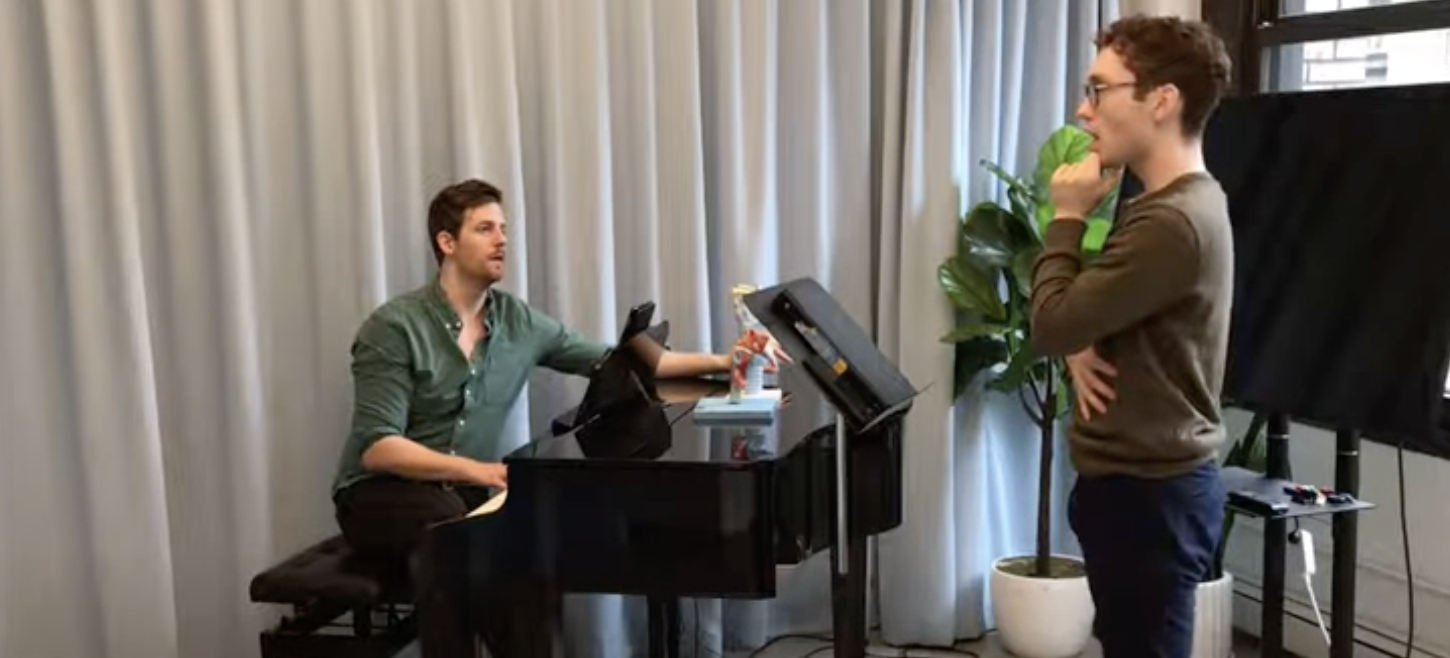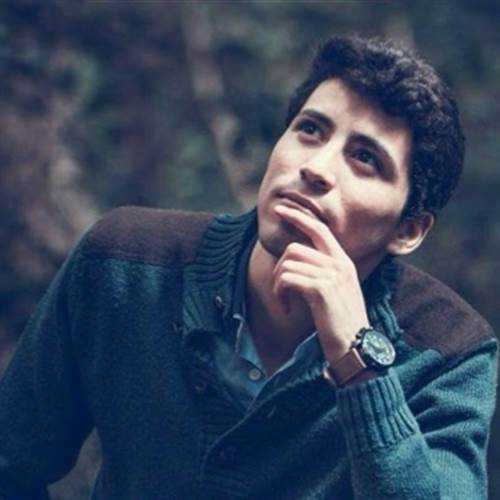
Inside the Studio: A Lesson with Andy King
Posted Monday, June 21st 2021 by Andy King
A handful of months ago I started teaching a 20-something student...
This person came to me with a background in more contemporary singing with lots of belting and chest dominant (M1) sounds. Great sounds were being produced, lovely instrument, quick study. All around good stuff going on with their voice. Then they came to me asking for a different kind of song, maybe a song with more head voice (M2) present. I got excited, but here is where their frustration began.
Although this student and I got a lot of stretching in through vocal technique, we hadn’t approached a song in this way yet. My student’s confidence came crumbling down because all of a sudden their perceived “weakness” was really showing.
What was happening was that although we were getting a good stretch into their head voice, applying it into longer melodic phrases and different lyrics became very difficult. The larynx was rising, there was way too much air which was either making the sound breathy or squeezed due to over-compression, and tension was creeping into the jaw and tongue. All of sudden this once-confident singer became frustrated and discouraged. Until…
We found a few exercises that really clicked with their brain and into their voice. We first started with lip buzzes (which we had done before). This is an SOVT (semi-occluded vocal tract) exercise which creates a bit of back pressure and leads to more flexibility in the vocal folds.They sang a few arpeggios on a lip buzz to get the breath steady and the vocal folds stretched.
We then went to head voice octaves slides with a bit of a lowered larynx on AH-EH
1 - 8 - 1 - 8 - 1
AH - EH - AH - EH - AH
I had them take away the “weight” of the sound and pull back on the air a bit. I wanted to challenge them with two bigger vowels as well as an octave leap. The slide created flexibility for them and the quieter volume added to the ease of accessing the high head voice.
Finally we did arpeggios on an alternating OH-EH, again with a bit of a lowered larynx:
1 - 3 - 5 - 8 - 10 - 8 - 5 - 3 - 1
OH - EH - OH - EH - OH - EH - OH - EH - OH
Again, these are two challenging vowels in the head voice, but we needed these vowels for our song. They were finally able to really connect the voice between each interval and keep the resonance aligned within the arpeggio. The student was all of a sudden finding lots of freedom on F5, G5 and A5!
My student was shocked at what they were doing and how they were singing! They were finding a steady, small flow of air, the resonance was lining up on every vowel, and their larynx was staying much steadier. I could see their wheels turning in excitement - and relief.
As singers we often think that what we’ve got is what we’ve got. And that’s true, BUT what singers don't realize is that they actually have no idea what they’ve actually got.
Just because we can’t do it now doesn’t mean we’ll never do it. As a voice teacher I’m delighted all the time to prove people wrong and show them that they have a ton to offer. I believe it’s my job to help them discover it.

Andy King
Senior Voice Teacher Associate
Andy specializes in voice technique for Musical Theatre, Pop/Rock/R&B, and Classical. Mr. King’s clients range from professional Music Theatre actors to Professional Pop/Rock/Singer-Songwriters and sacred singers singing professionally in NYC churches and synagogues. He also accompanies and coaches a Musical Theatre class at New York Vocal Coaching. His clients have been seen on Broadway, Off-Broadway, on National Tours, and Regional Theaters.

The "Sound" And The Voice
As actor/singers prepare for auditions, there tends to be a great deal of concern about the “sound” that’s required to accurately portray (or at least, land) the role that is being cast. Aside from the...

Ego Reads. Humility breeds.
In my absence from chronicling my thoughts from a music director/coach perspective, I have seen some brilliant performances that have given me pause; performances that made me stop and think, “How is something so...

Fitness: Habits and Tips to Help you Sing your Best
We chat with New York Vocal Coaching Senior Associate Andy King about fitness for singers.